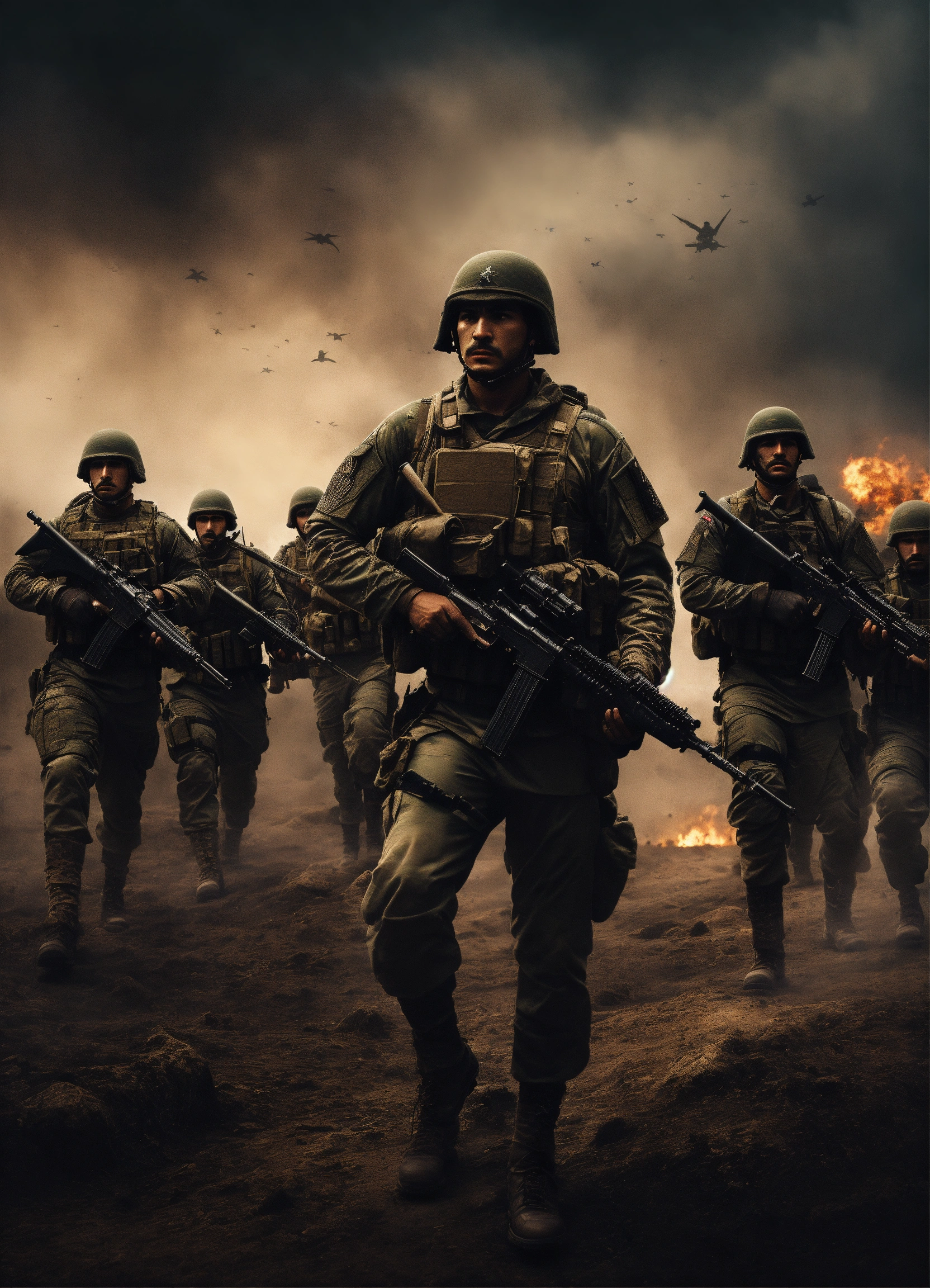Military Tactics
Assymetric Warfare: How Small Groups Can Defeat Larger Military Forces with Clever Tactics

Asymmetric warfare is a form of conflict where smaller, weaker groups or nations use unconventional tactics to overcome larger, more powerful military forces. This type of warfare relies on creative thinking, adaptability, and clever tactics to level the playing field against a technologically superior opponent.
One of the most famous examples of asymmetric warfare is the Vietnam War, where the Viet Cong, a guerrilla force backed by North Vietnam, successfully resisted the overwhelming military might of the United States for over a decade. Through the use of hit-and-run attacks, ambushes, and booby traps, the Viet Cong were able to disrupt American operations and maintain control over large areas of the countryside.
Another classic example of asymmetric warfare is the Afghan insurgency against Soviet forces in the 1980s. The mujahideen, a loosely organized group of fighters, utilized hit-and-run tactics, intelligence networks, and knowledge of the terrain to effectively combat the superior firepower of the Soviet military. Despite being outnumbered and outgunned, the mujahideen were able to eventually force the Soviet Union to withdraw from Afghanistan.
In recent years, asymmetric warfare has been a key strategy employed by insurgent groups such as ISIS and the Taliban against modern military forces in Iraq and Afghanistan. These groups have used tactics such as suicide bombings, improvised explosive devices (IEDs), and social media propaganda to undermine the conventional military efforts of the United States and its allies.
So how do smaller groups manage to defeat larger military forces with clever tactics in asymmetric warfare? One key advantage that smaller groups often have is their ability to blend in with the local population and operate in areas where conventional military forces struggle to reach. By using hit-and-run tactics and guerrilla warfare, smaller groups can disrupt enemy supply lines, communications, and morale without engaging in direct confrontations.
Additionally, smaller groups in asymmetric warfare often rely on unconventional weapons and tactics that catch their enemies off guard. Suicide bombings, IEDs, and other forms of asymmetric warfare can inflict heavy casualties on larger military forces and create a sense of fear and uncertainty among troops and civilians alike.
Another important aspect of asymmetric warfare is the use of propaganda and psychological warfare to influence public opinion and create divisions within the enemy’s ranks. By leveraging social media, propaganda videos, and other forms of communication, smaller groups can undermine the legitimacy of their larger adversaries and gain support from sympathetic populations.
In conclusion, asymmetric warfare shows that smaller, less technologically advanced groups can still effectively combat larger military forces through clever tactics, adaptability, and creative thinking. By leveraging their advantages and exploiting the weaknesses of their enemies, smaller groups can achieve strategic objectives and ultimately prevail against seemingly insurmountable odds.




